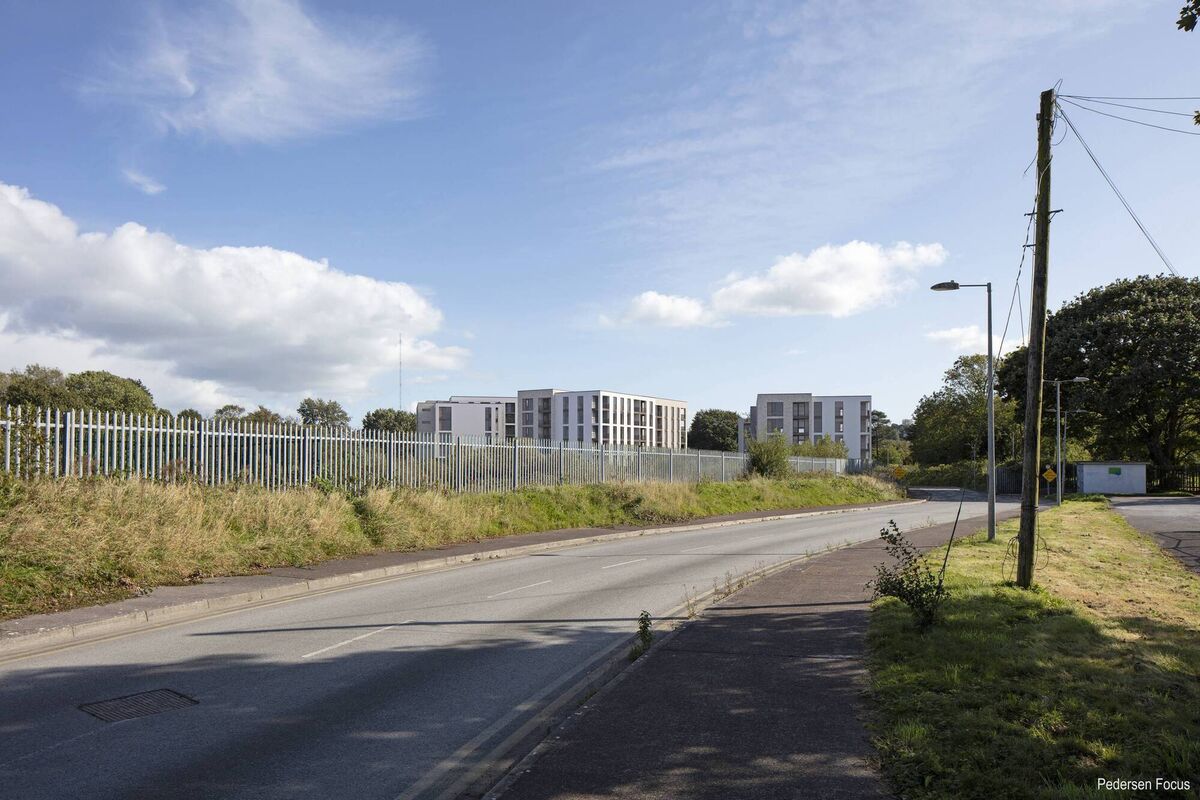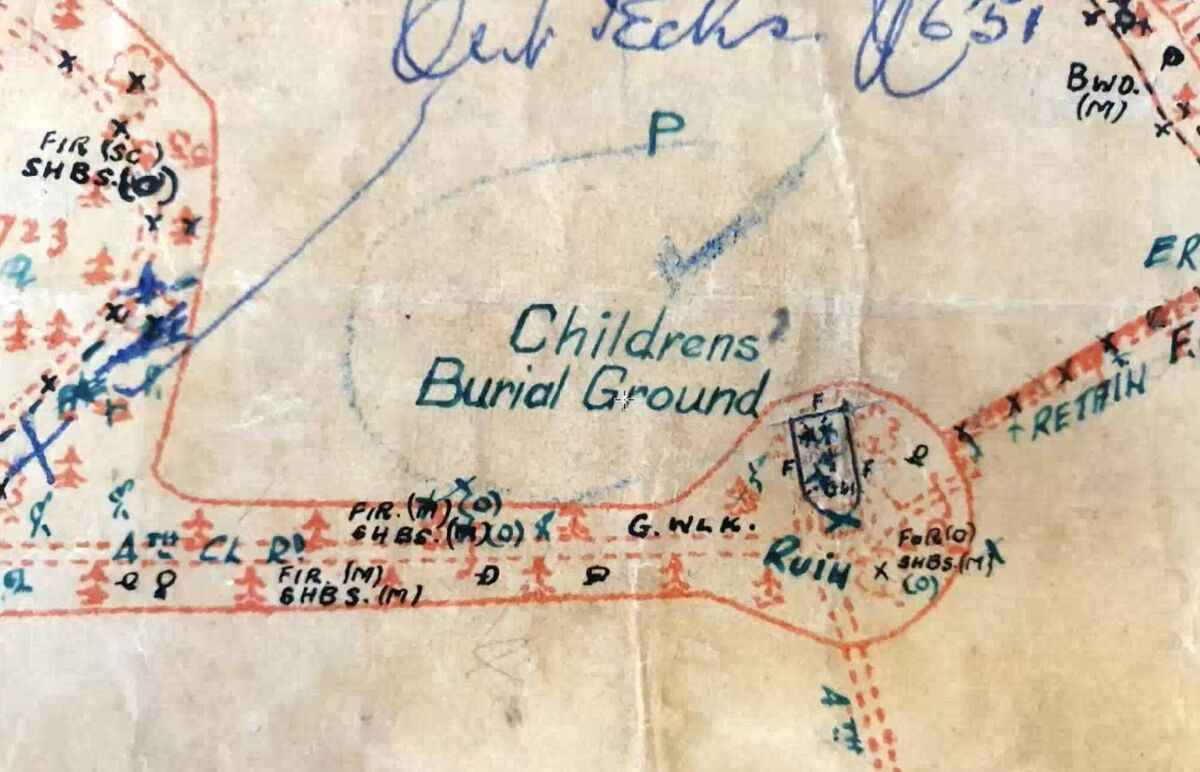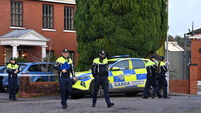Experts say maps do not show burial grounds on site of Bessborough housing project

Experts have rejected claims that a children's burial ground overlaps land earmarked for apartments on a former mother and baby home estate in Cork. Picture: Denis Scannell
Experts have rejected claims that a children's burial ground overlaps land earmarked for apartments on a former mother and baby home estate in Cork.
Cartographic expert and chartered surveyor, Michael Flynn, and land surveyor, Paudie Barry, both said the words "children's burial ground", which appear on a 1949/1950 trace map of Bessborough, relate to an existing burial site near the estate folly, and not to the area of land over which they were written.
They were among several witnesses who gave evidence on the first day of a Bord Pleanála oral hearing, chaired by senior planning inspector Karen Kenny, into developer MWB Two Ltd’s strategic housing development (SHD) proposal for 179 apartments in three blocks on a 3.7-acre privately-owned site on the former Bessborough estate.

Campaigners calling for the memorialisation of the 923 children who died while in the care of Bessborough – the burial places of most are unknown – have always claimed the development site overlaps an area marked on a 1949/50 Ordnance Survey Ireland (OSi) trace map as a "children's burial ground".
But Mr Flynn told the hearing he believes the text applies to an existing fenced burial area next to the Bessborough folly and does not refer to an undefined area in the field immediately north of it.
He explained that OSi field reviewers would use trace maps on site visits, and insert field remarks onto the trace maps for assessment by examiners at OSi headquarters before final maps were produced.

He said the blue circular line on the Bessborough trace map draws attention to a remark relating to the text "Children's Burial Ground" but does not, as campaigners claim, define the extent of a burial ground.
He said the blue tick inserted next to the text indicates the matter had been attended to in line with OSi procedure.
Text on a map is descriptive and movable depending on the space available, he said.
He also showed several other OSi maps from elsewhere in Ireland which identify the location of children’s burial grounds by a pecked, or dashed line, and said if a similar burial ground was on Bessborough, he would expect to see it marked as such on maps.
“In my 28 years on field revision and new surveys at every scale and mapping level, I have never seen the text ‘Children's Burial Ground’ printed on an OSi map without observing a defined area printed adjacent to it,” he said.
“In the case of the Bessborough burial site, I can say very confidently, the text ‘Children's Burial Ground’ applies to the fenced enclosure contiguous with the folly and does not refer to an undefined area in the pasture field.”

Mr Barry agreed and said text like this describes what map features are and never indicates position.
He told the hearing he combined a high-quality aerial image of the Bessborough estate, taken on February 13, 1951, with map overlay technology, and found no evidence of ground disturbance within the curtilage of the land proposed for development.
The National Monuments Service also confirmed to the hearing it had issued a license in error for exploratory digs in the strategic housing development prior to the planning application, but that because the digs were for modern remains, not ancient remains, the license was withdrawn because the work did not fall under the scope of the National Monuments Acts.
The developer’s archaeologist, John Cronin, said no human remains were found during those investigations, and he said the label "children's burial ground" on the trace map refers to the enclosure to the right of the words which he said was a “known and extant burial ground”.
Archaeologist Colm Chambers, who oversaw the digging of the test trenches on the site before the license was revoked, and osteoarchaeologist Niamh Daly confirmed that no evidence of human remains, or of grave cuts, was found during that work.
David Holland BL, representing MWB Two, said the firm has not set out to cause any further distress to anyone affected by the events which occurred at Bessborough over many decades.
He said it was only natural that campaigners would oppose building on what they believe to be a children's burial ground but he said the company was strongly of the view that no such prospect arises.
He said the company is prepared to conduct further site investigation for remains and is prepared to fund a memorial, which will be open to the public.
“It is far from a salve for old wounds but it will help some and can make a contribution to healing,” he said.

Children's Minister, Roderic O’Gorman stressed the need for appropriate and dignified memorialisation of the children who died while in the care of Bessborough.
He invited the board, if it decides to grant planning for the apartment project, to attach conditions to "ensure comprehensive and appropriate memorialisation", to protect any burial sites which may be identified, and to ensure permanent access.
Labour Party representative for the area Peter Horgan also said if planning is granted, the board must direct a full geophysical examination of the entire Bessborough site as a condition of planning.
“That is the only way to know for sure what lies beneath Bessborough,” he said.
The hearing will resume on Thursday with a detailed submission from the Cork Survivors and Supporter Alliance.












